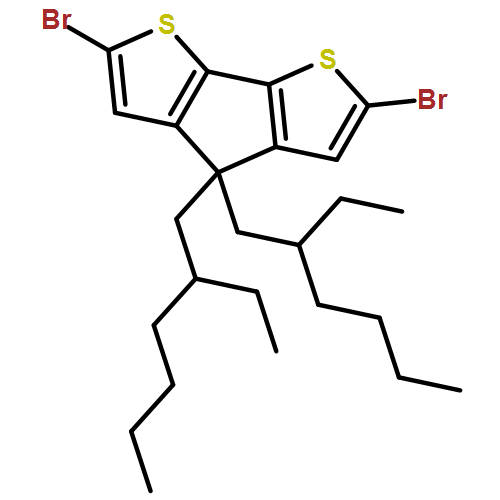Abstract
In this study, two low bandgap copolymers composed of fluorene (Fl), cyclopentadithiophene (CDT), and 4,7-bis(2-thienyl)-2,1,3-benzothiadiazole (DBT) were synthesized, and their optical, electrochemical, and photovoltaic (PV) characteristics were investigated for applications in PV devices. The feed ratio of the Fl and CDT moieties was modulated to tune the electronic structures and resulting optical properties of the polymers. In the copolymeric structures, the Fl-CDT unit absorbs the short-wavelength UV/vis regions, and the CDT-DBT (or Fl-DBT) unit with strong intramolecular charge transfer characteristics covers the long-wavelength visible regions. P1 exhibited a wide UV absorption spectrum covering the UV and entire visible region in the range of 300–800 nm, and P2 showed absorption covering from 300 to 700 nm. UV/vis and electrochemical studies confirmed the desirable highest occupied molecular orbital/lowest unoccupied molecular orbital levels of the copolymers with bandgaps of 1.62–1.86 eV, enabling efficient electron transfer and a high open-circuit voltage when blending them with fullerene derivatives. When the polymers were blended with [6,6]phenyl-C61-butyric acid methyl ester, P1 exhibited the best device performance with an open-circuit voltage of 0.66 V, short-circuit current of 4.92 mA cm−2, and power conversion efficiency of 1.13% under Air Mass 1.5 Global (AM 1.5G, 100 mW cm−2) illumination. © 2011 Wiley Periodicals, Inc. J Polym Sci Part A: Polym Chem, 2011
